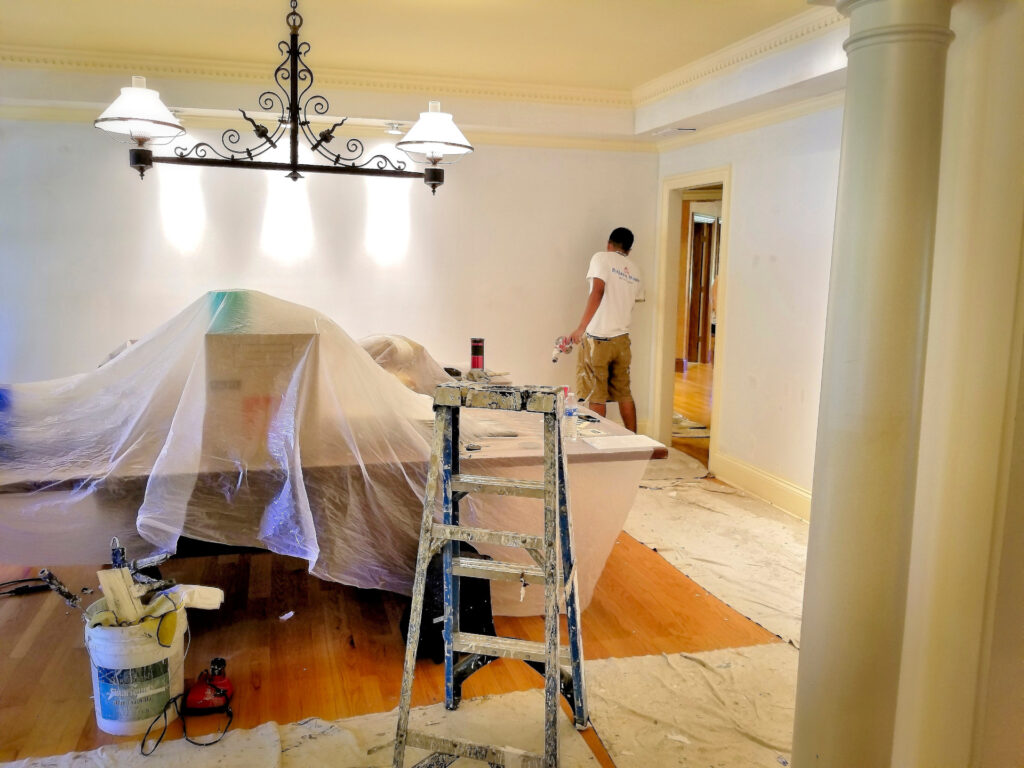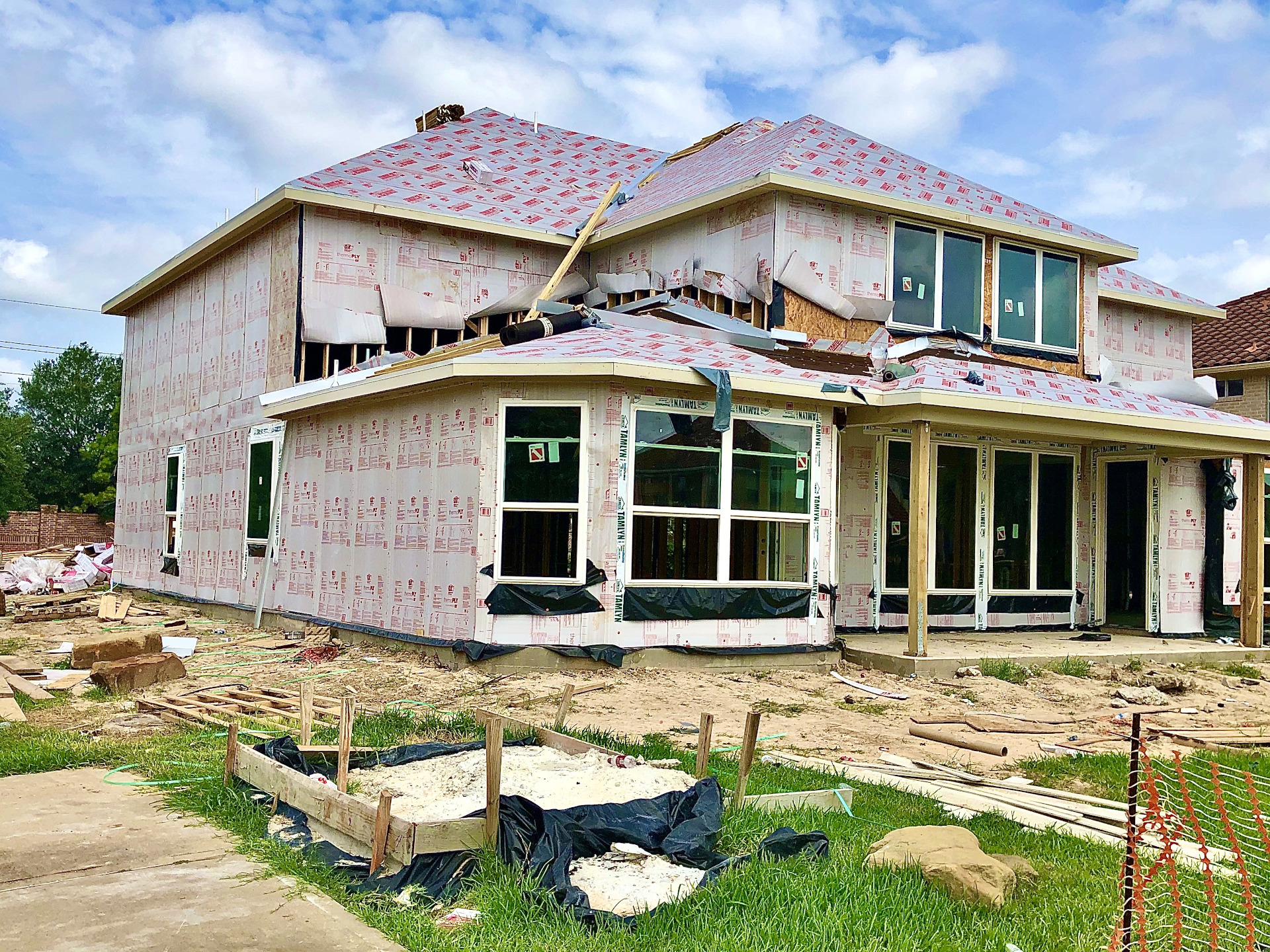If you’re considering an addition to your home, construction is only one step. Contractors are skilled in designing and constructing additions that match your tastes while expanding your living space. Whether it’s a guest house on the property, or a master suite upstairs, construction is the key! In this blog post, we’ll explore what construction entails so you can get started with making your dream addition happen sooner than later.
The construction process can be broken down into three simple steps: design, permitting, and construction. Each step requires time and effort to ensure that the end result is exactly what you imagined in your mind’s eye when starting this project.
Design
An architect or a general contractor (like us!) will help guide you through the design phase of construction by first asking you what you want and determining how much work it will require. Then, you’ll come up with a construction plan to show your contractor and subcontractors. This not only helps streamline the construction process but also ensures that everyone involved is on the same page as far as goals and objectives.

Having a solid design is required for permits, but it also greatly improves the construction process.
Permitting
This step verifies that all local laws are being adhered to during construction of an addition. Contractors The architect or contractor should send a construction drawing to your local planning department for permitting purposes. Building officials look over the plans and determine if they’re safe, efficient, and consistent with their community’s code requirements. If all of these elements are met in typically 45–60 days, a construction permit will be issued.
Construction

Even relatively short processes like painting can prevent your access to a room for days, so have a plan to account for this.
After the permitting process is complete, it’s time for construction to begin! As with any construction project, there are bound to be some surprises and challenges that come up along the way. But with a good contractor on your side, they’ll handle these bumps in the road so you can focus on your family and day-to-day life.
We’d like to conclude with a few general tips for making work on your addition as Payneless as possible:
– Stick to your budget by planning for construction contingencies and factoring in extras like permits, inspections, and materials. Your contractor should help you identify what these extras might include.
– Make sure the construction crew has easy access to your home and that they can work uninterrupted during the construction process.
– If your addition will require you to give up a high traffic area of your home to construction, plan on living elsewhere while construction is underway–it will save you from a lot of headaches!
Now that you know what construction entails, it’s time to get started on your dream addition! Contact us today for more information and to get started with designing your perfect space.

